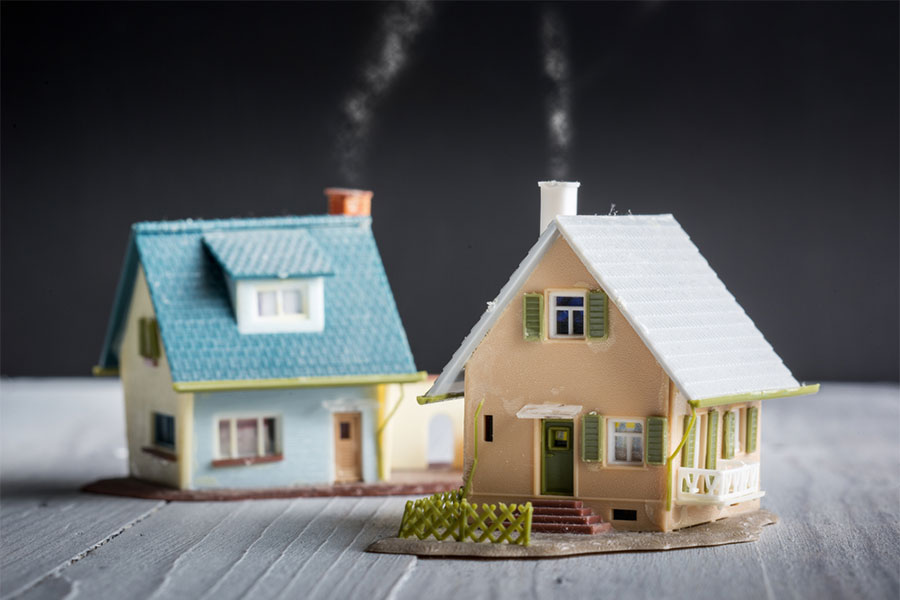
27 Aug What you need to know about the 3% stamp duty surcharge on second homes
Stamp Duty is the subject of much conversation and in the past year or so it has had a major spotlight shined on it as the Government implemented a holiday that would save people thousands on their new homes. This was designed to stimulate the property market and boost the economy through the Covid-19 pandemic.
However, we don’t tend to talk as much about the Stamp Duty on second homes. For many of our clients, this is an issue they have to consider when looking for new properties and it isn’t as simple as it might seem.
Are you looking to move home this year? Why not browse our properties for sale in Virginia Water and the surrounding areas? If you’re looking at moving to the area, visit our award-winning website or call us on 01344 843000 and email us.
What is the 3% surcharge?
The 3% Stamp Duty surcharge is an extra 3% on top of the regular stamp duty rates. Anyone buying an additional residential property for £40,000 or more has to pay the surcharge, whether it’s a holiday home, a buy-to-let, or even a main residence you plan to live in.
The surcharge has been in effect since 2016 having been announced in 2015 and while the regular stamp duty thresholds are tiered the 3% loading is a flat tax which applies to the entire purchase value of the property.
Even during the recent Stamp Duty Holiday, the surcharge for second homes remained at 3%. Essentially if you were to buy a second property during normal times for the price of £300,000, the normal stamp duty rate would equate to £5,000 PLUS the 3% surcharge of £9,000.
What is a ‘main residence’?
This is a fairly simple definition which is essentially defined by HMRC. The term ‘main residence’ refers to the home in which you live – it doesn’t have to be a property you own.
If questioned you will need to be able to demonstrate things like where you spend most nights, where you are registered to vote, and with which doctors and dentists you are registered.
Buying a new main residence
If the property you are buying is replacing your main residence, you will not have to cover the 3% surcharge, this is true even if you own additional properties, like a second home or rental property.
The surcharge applies only to additional properties outside your main residence.
The complexities of the 3%
The 3% surcharge was designed to target buy-to-let investors and purchasers of second homes, the intention being to free up more property for people struggling to purchase a single home. Although it seems like an easy fix on paper, there are unintended consequences that come with this type of action as well.
Among the people affected inadvertently by this slab tax are:
People struggling to sell their property might find themselves in a situation where they can buy their new main residence before they’ve sold their existing home. These people will have to pay the 3% surcharge but will be eligible for a refund if they complete the sale of their home within 36 months;
Property Developers who already own their property and have to pay a higher rate even if they don’t intend to let them;
Parents who are existing homeowners helping their children to buy could be hit with the surcharge if they become part-owners of the new property. It will count as a second home;
People moving in together where one person already owns their home with no intention of selling it will also be hit with the surcharge; divorcing or separating homeowners will have to pay the surcharge if they buy a new home.
Make sure you seek advice from one of our property experts if you have any questions about your specific scenario.
Get in Touch
If you are thinking of moving to the area, make sure you take a look at our amazing catalogue of properties for sale in Virginia Water and the surrounding areas.
If you’d like to speak to someone about properties to let in Virginia Water, a member of our expert team would be happy to help. You can call us on 01344 843000 or email us. You can also follow us on Facebook, Twitter, Instagram, and LinkedIn.
